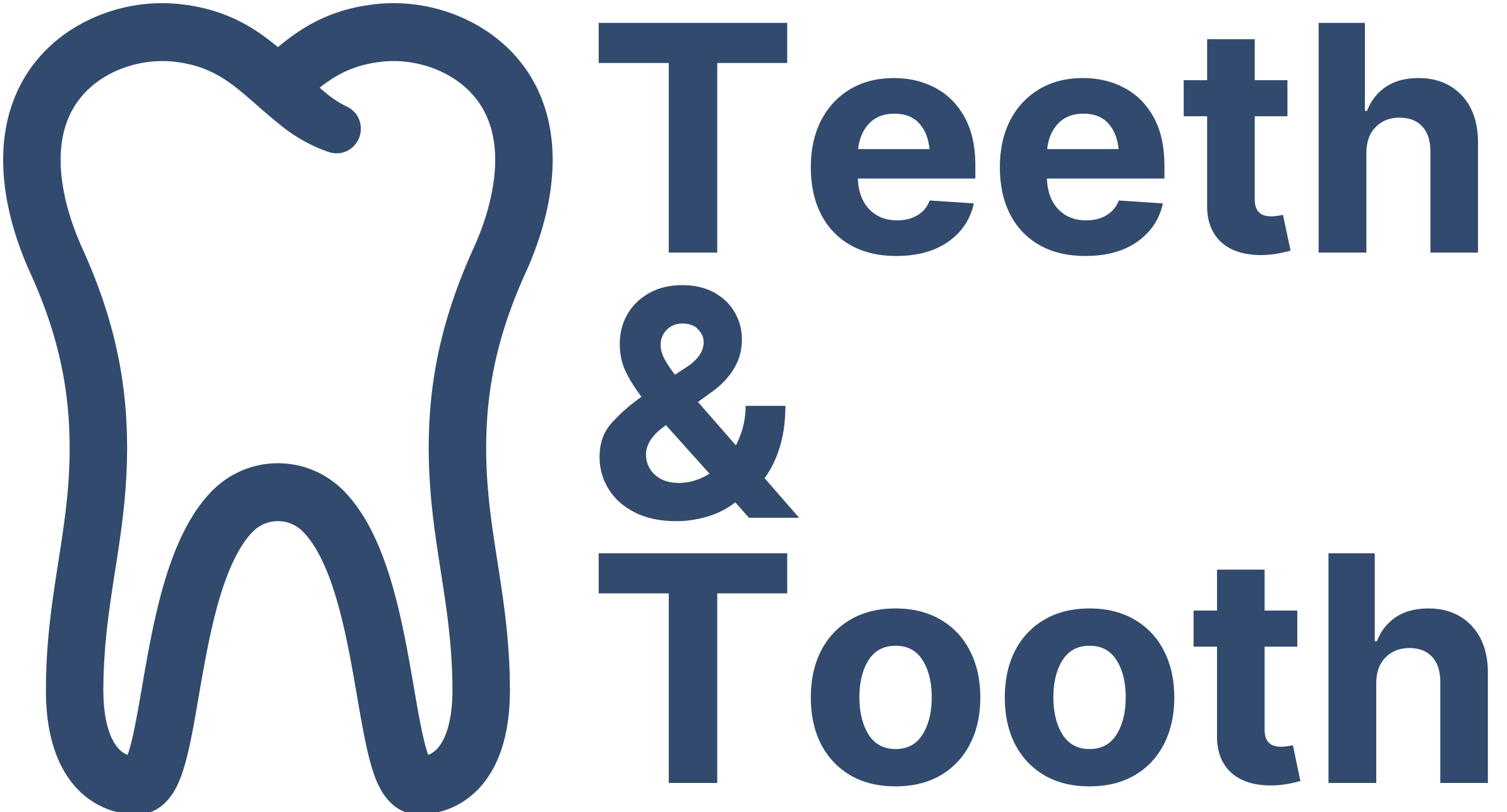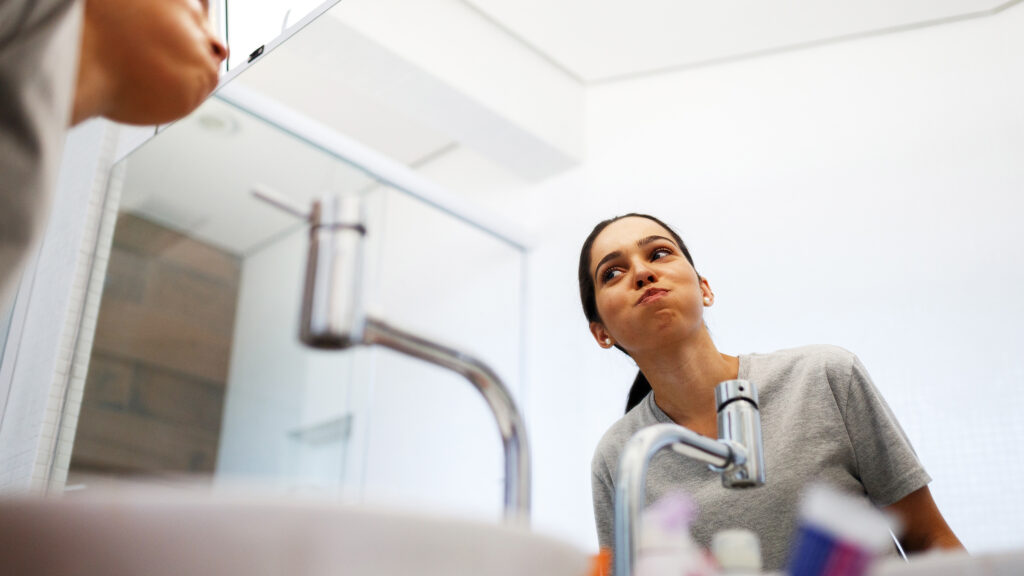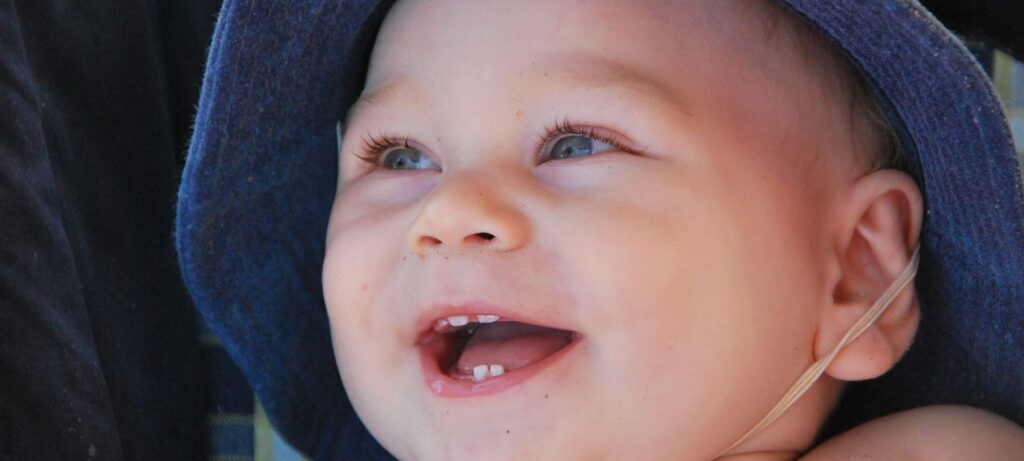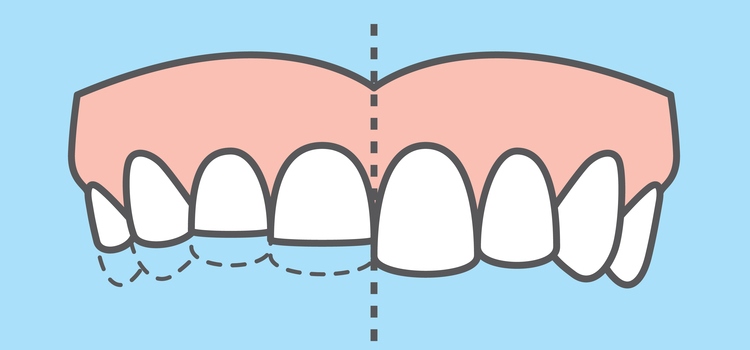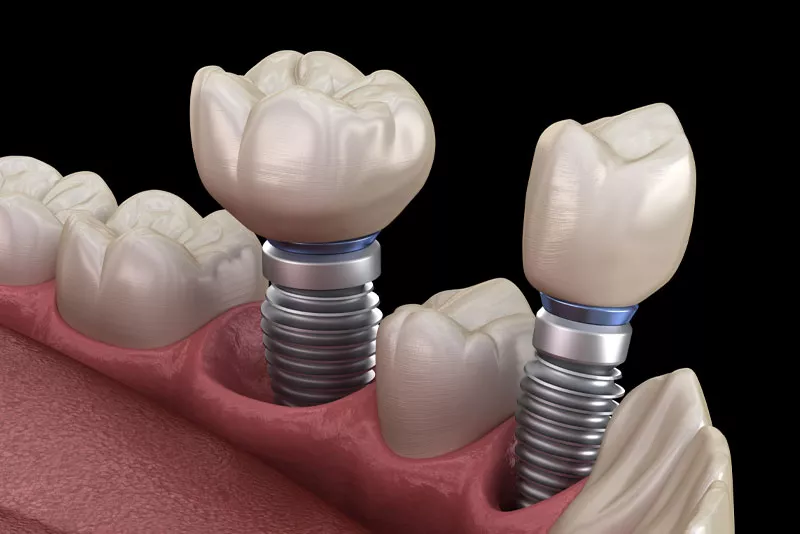Embarking on the road to recovery after wisdom teeth removal can feel like stepping into uncharted territory, especially when it comes to your diet. The list of “dos and don’ts” can seem overwhelming, leaving you wondering about what you can actually have during the first two weeks after the surgery.
For Japanese food lovers out there, you may ask this question: “Can I treat myself to a bowl of beloved ramen noodles?” The idea of savoring those delicate strands swimming in a flavorful broth can be irresistible, but is it a safe culinary choice while your mouth heals?
The answer is YES, you can have ramen noodles after wisdom teeth removal. However, you should only have it at least 48 hours after the surgery to give your wound ample time to heal. Remember, the goal is to have a complication-free recovery and minimize any discomfort or risk.
In this article, we will explore more about the world of ramen noodles and unravel the secrets behind turning your ramen cravings into a soothing, satisfying, and safe culinary adventure during your recovery. So, if you’re eager to learn how to enjoy your favorite comfort food without compromising your healing process, keep reading on!
What are Ramen Noodles?
Ramen noodles are a type of Japanese noodle dish that has gained immense popularity worldwide. They are characterized by their long, thin, and wheat-based noodles, which are typically served in a flavorful broth and accompanied by a variety of toppings.
The dish originated in China and was introduced to Japan in the late 19th century. The term “ramen” is a Japanese adaptation of the Chinese term 拉麵 (lāmiàn), which translates to ‘pulled noodles’. This culinary creation was inspired by noodle dishes from southern China and was influenced by the presence of Chinese immigrants in Yokohama.
Over time, ramen evolved to incorporate Japanese flavors and culinary techniques, resulting in a unique and diverse range of regional styles. Each style of ramen has its own distinct broth, toppings, and presentation, creating a culinary tapestry that caters to various tastes.
The heart of a bowl of ramen lies in its broth. The broth serves as the base of the dish, and its flavor is crafted through careful selection of ingredients and cooking techniques. Depending on the style, ramen broths can range from a rich and hearty pork bone broth (tonkotsu) to a lighter, more delicate chicken or seafood broth. Other options include miso-based broths, which showcase the complexity of fermented soybean paste, and clear, salty broths (shio) that embrace simplicity.
You may be interested in: Can I Eat Rice After Wisdom Teeth Removal?
Ramen toppings vary widely and can include ingredients such as sliced pork (chashu), marinated soft-boiled eggs, scallions, seaweed, bamboo shoots, corn, and more. These toppings add texture, flavor, and visual appeal to the dish.
Today, ramen noodles have become a comfort food that is enjoyed by people of all ages and background. Even beyond Japan’s borders, ramen has ventured into creative cross-cultural territory, merging with local ingredients and flavors to form innovative fusion ramen dishes.
Can I Have Ramen Noodles Immediately After Wisdom Teeth Removal?
Having a bowl of ramen noodles immediately after the surgery is not encouraged as your surgical wound have not healed. Right after wisdom teeth removal, your mouth will be sensitive, and the surgical sites will require time to heal. Consuming foods that are too hot, spicy, chewy, or require excessive chewing can irritate the surgical sites and potentially lead to discomfort, bleeding, or even infections.
Ramen noodles, especially the traditional ones with chewy wheat noodles, might pose challenges to your wound due to their texture. The act of chewing could strain the healing process and potentially disrupt the blood clot formation, which is essential for proper healing.t
In some cases, the formed blood clot can dislodge from the cavity where the extracted tooth once was, causing a painful complication known as dry socket. When this happens, the underlying bones and nerves are exposed, which can cause immense pain when irritated by food or drink.
As such, you should not have ramen noodles immediately after wisdom teeth removal surgery.
Can I Have Ramen Noodles One Week After Wisdom Teeth Removal?
The short answer is yes, you can have ramen noodles approximately one week after the removal of your wisdom teeth.
After one week, your surgical suite should have healed significantly. The initial acute phase of pain and swelling tends to subside, but some level of tenderness or discomfort might still be present. However, chewing might still be somewhat uncomfortable, especially if your wisdom teeth were impacted or required more extensive extraction.
The broth in ramen can be soothing and nutritional, which is beneficial for your recovery. However, ensure the broth is not too hot to prevent irritation and discomfort. Also, avoid anything hard, crunchy, or excessively chewy.Soft-cooked vegetables, tender meats, and other easily chewable ingredients are recommended.
How To Have Ramen Noodles Without Damaging Wisdom Teeth Wound?
Enjoying ramen noodles without causing any harm to your wisdom teeth wounds requires some careful consideration and modifications to your approach. Here’s a step-by-step guide on how to enjoy ramen noodles while protecting your healing surgical sites:
- Choose the Right Type of Ramen: Opt for ramen varieties with softer and thinner noodles. Rice noodles, egg noodles, or even udon noodles tend to be gentler on your healing mouth compared to traditional wheat noodles.
- Cook the Noodles Thoroughly: Ensure that the noodles are well-cooked and soft. If you are facing difficulties chewing your food, have the ramen noodles to be cooked longer. This will soften the noodles and make it easier to chew.
- Cool the Broth: The broth in ramen is not only flavorful but also hydrating. Make sure that the broth is cool enough to avoid irritating the wound. Also, avoid spicy broths as it can exacerbate any sensitivity in your mouth.
- Cut Toppings into Small Pieces: If your ramen comes with toppings like meat, vegetables, or eggs, cut them into small, bite-sized pieces. This reduces the need for extensive chewing and minimizes strain on your surgical sites.
- Avoid Crunchy Ingredients: Skip any crunchy or hard ingredients that could potentially damage or disturb the surgical wounds. This includes items like crispy fried toppings or hard vegetables.
- Chew Slowly and Gently: Take your time to chew slowly and gently. Avoid biting down forcefully, especially around the areas where your wisdom teeth were removed.
- Rinse Your Mouth After Eating: After your meal, rinse your mouth gently with lukewarm water. This can help clear away any lingering food particles and promote cleanliness around the surgical sites.
Remember that everyone’s healing process is unique, and listening to your body is crucial. If you experience any pain, discomfort, or irritation while eating ramen noodles, it’s best to pause and give your mouth more time to heal.
Closing Thoughts
While the idea of enjoying a hot bowl of ramen noodle after the wisdom teeth removal surgery is tempting, it’s crucial to approach it with mindfulness and consideration for your healing process. Factors such as the type of noodles, broth temperature, and the softness of toppings play a pivotal role in ensuring a comfortable and safe dining experience.
If you are having doubts about the recovery of your wisdom teeth, consult your oral surgeon or dentist for personalized advice. They can provide insights tailored to your specific case, ensuring that your choices align with your recovery goals.
In the end, the balance between relishing your favorite foods and allowing your body to heal is an art, one that you’re carefully crafting as you make informed choices for a healthier, happier you. So, whether it’s a warm bowl of ramen or any other culinary delight, remember that each bite is a step towards recovery and a testament to your dedication to wellness.
